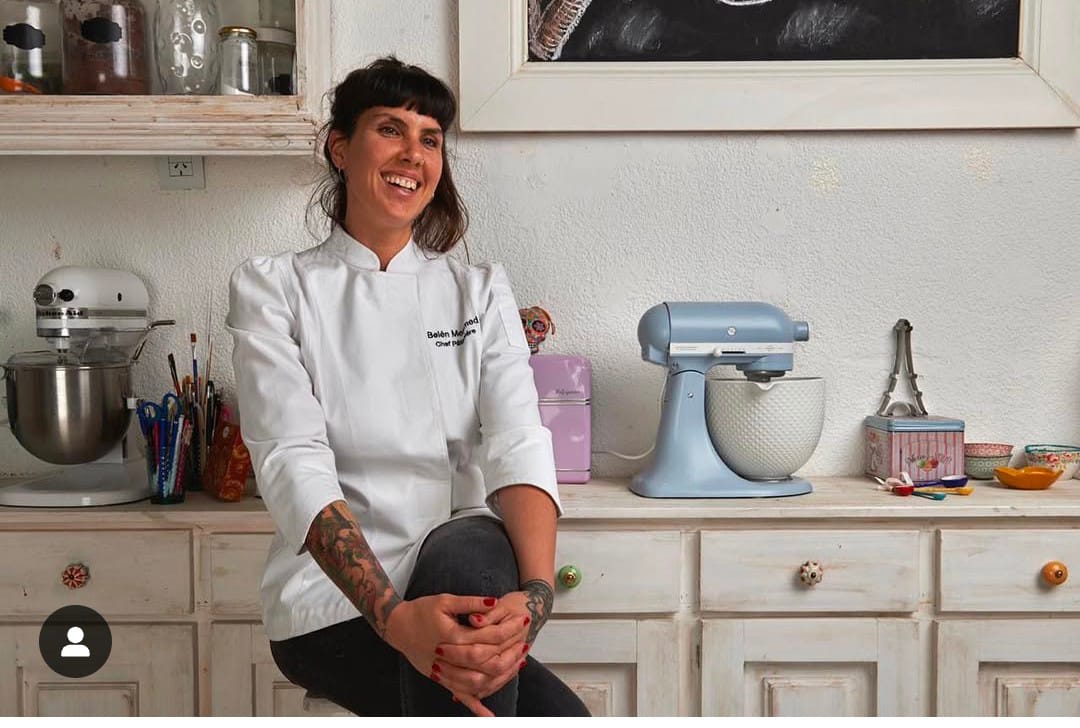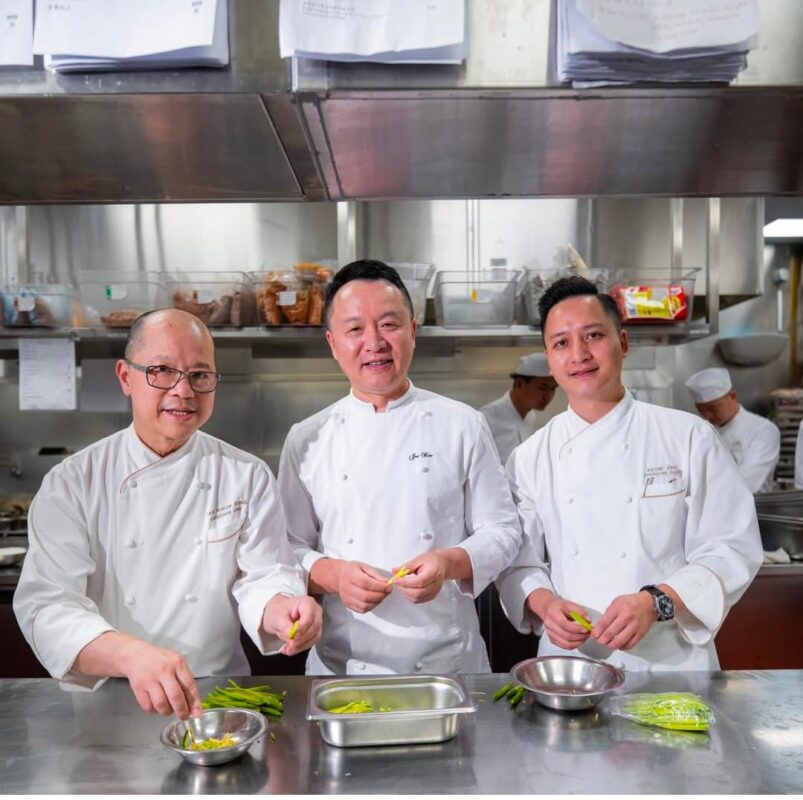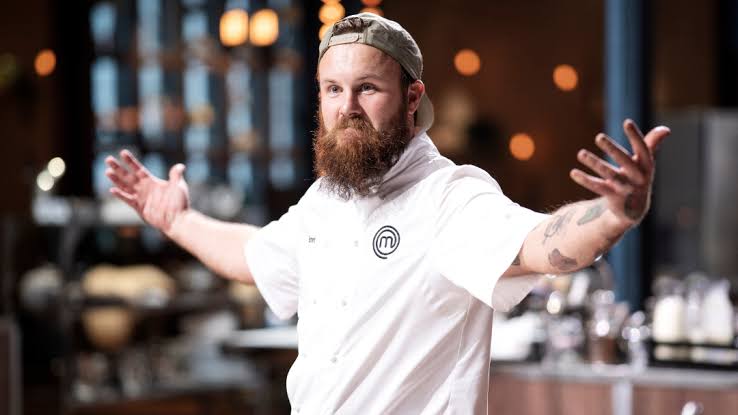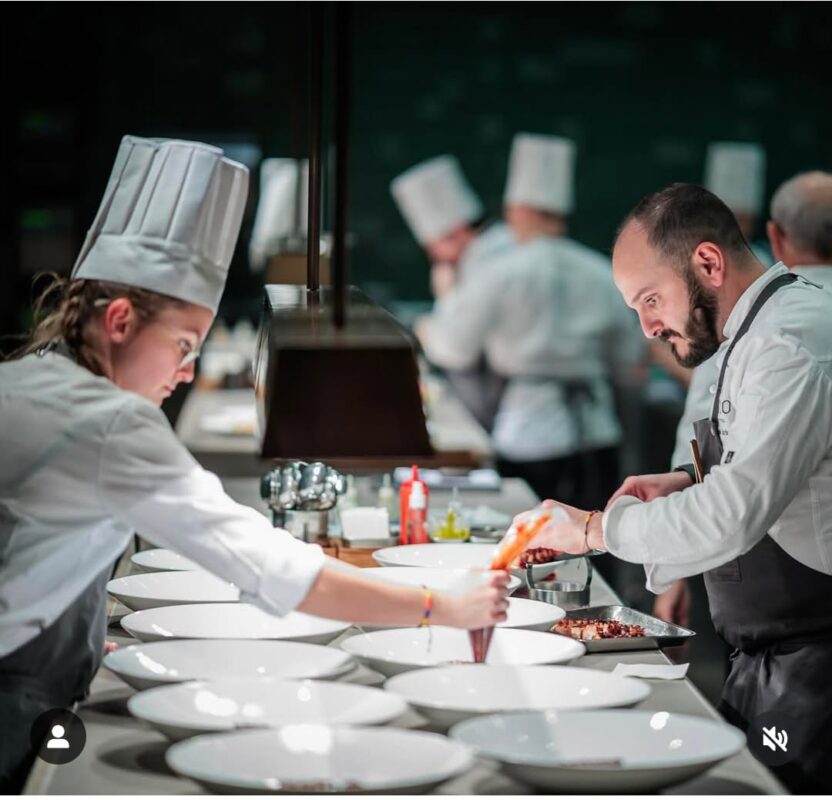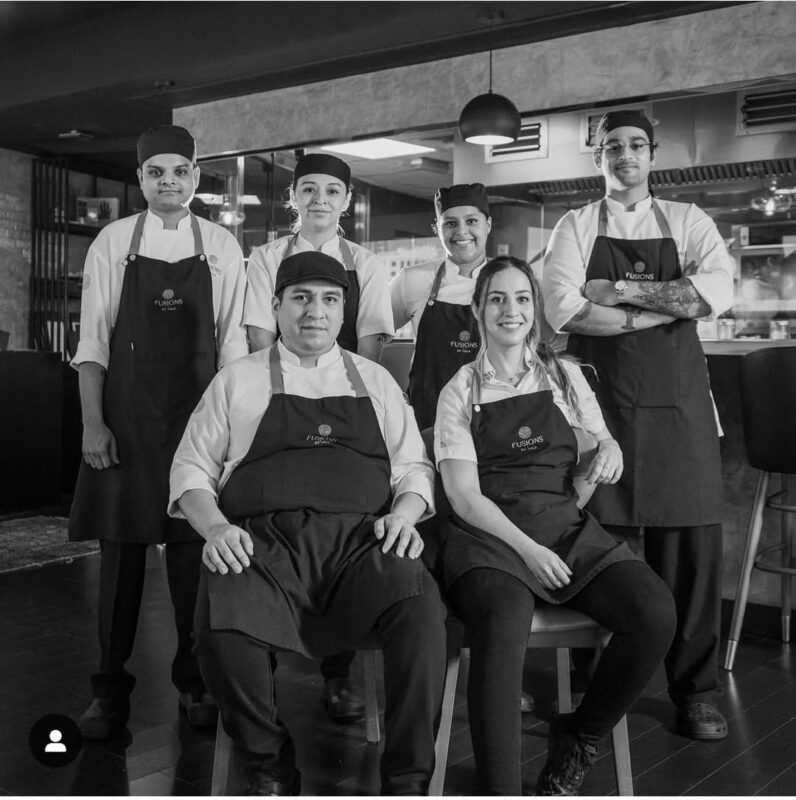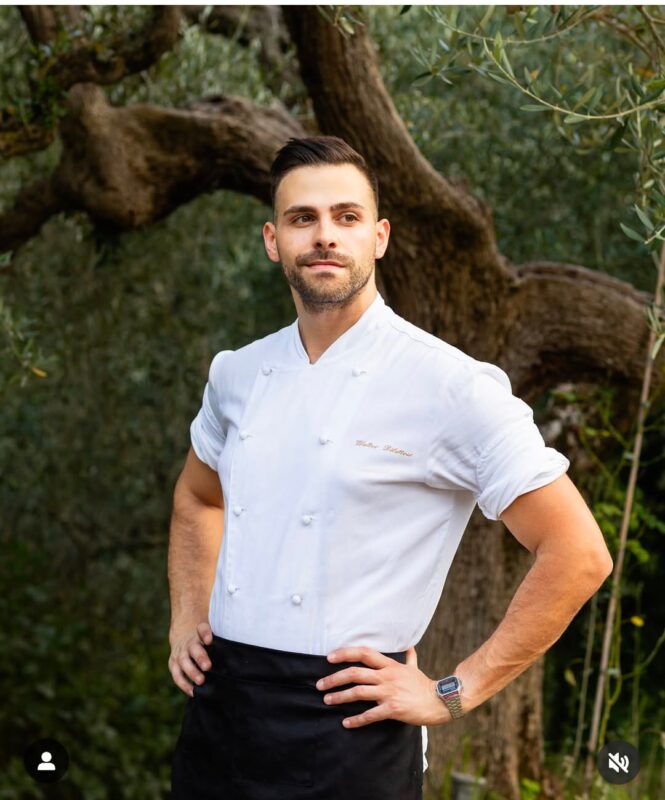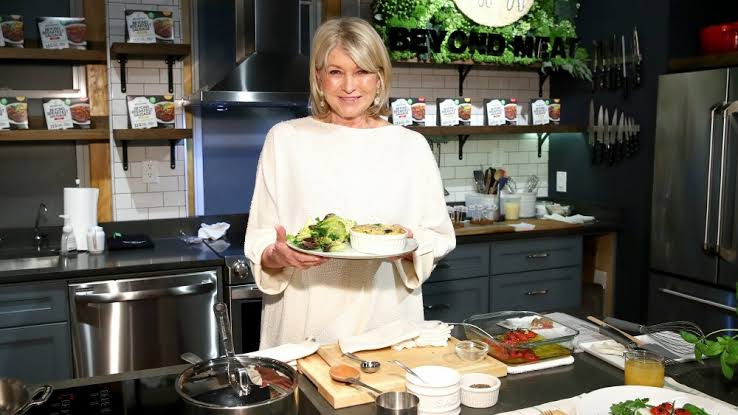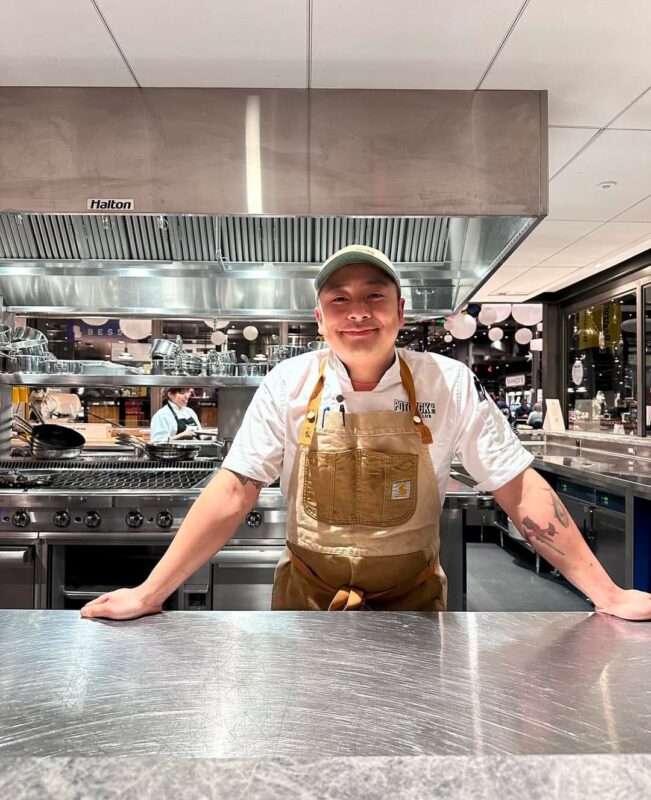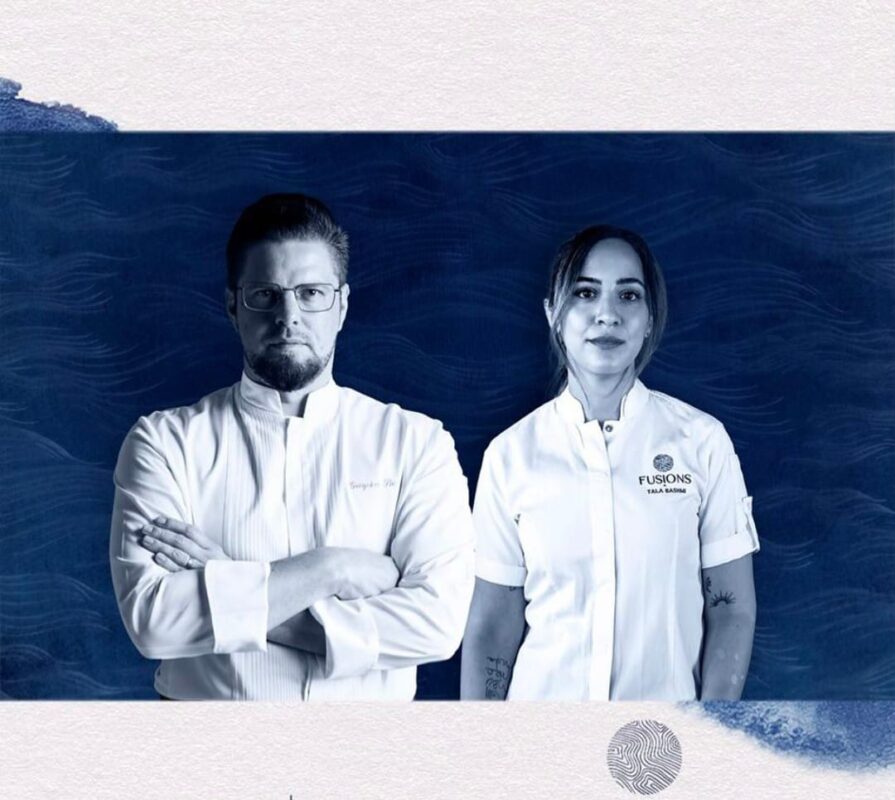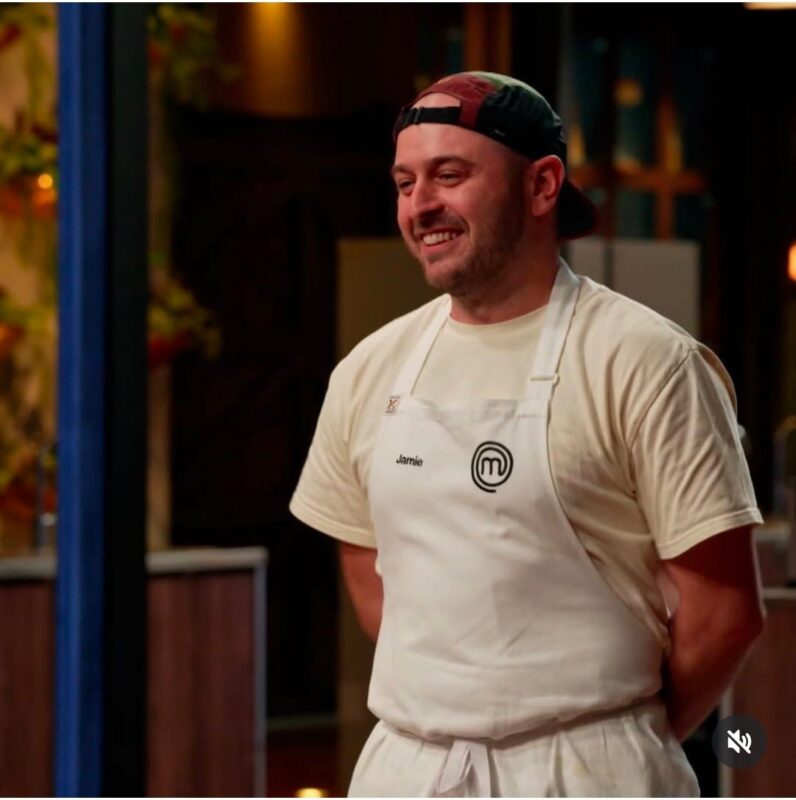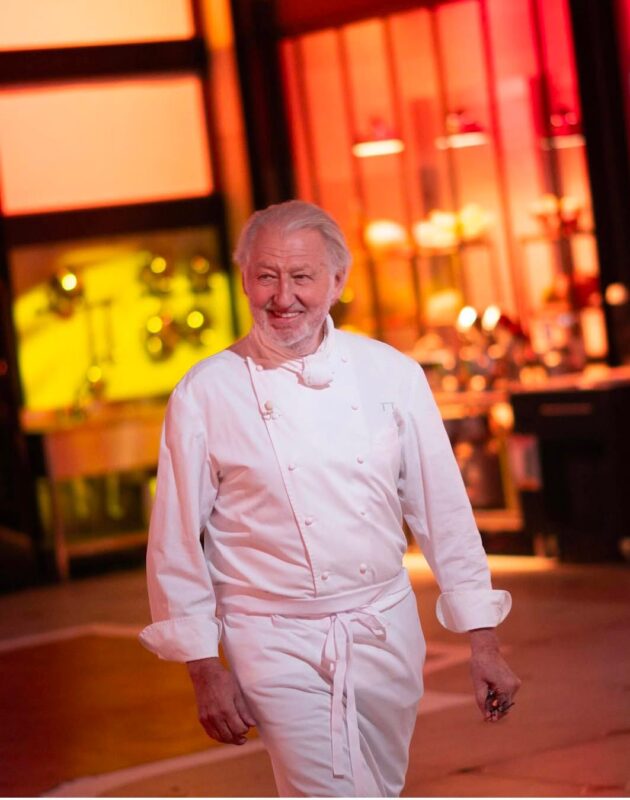
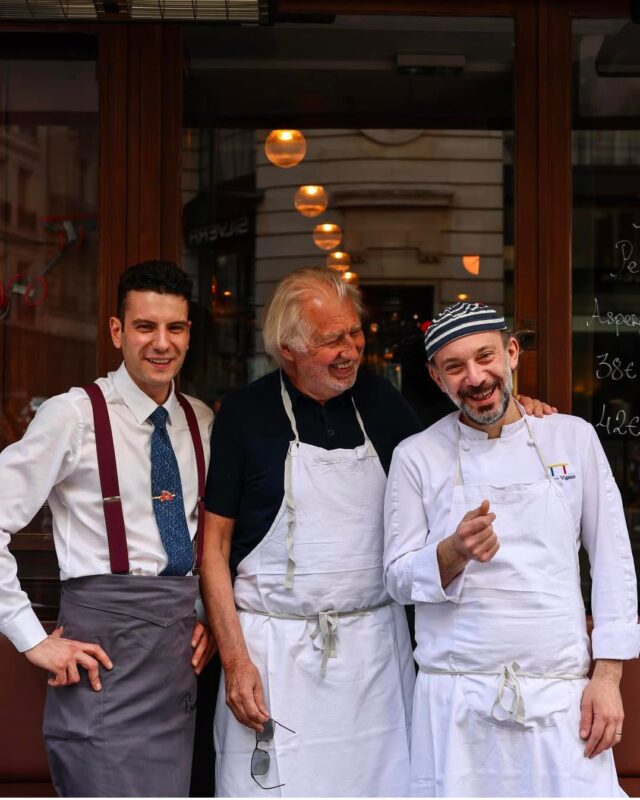
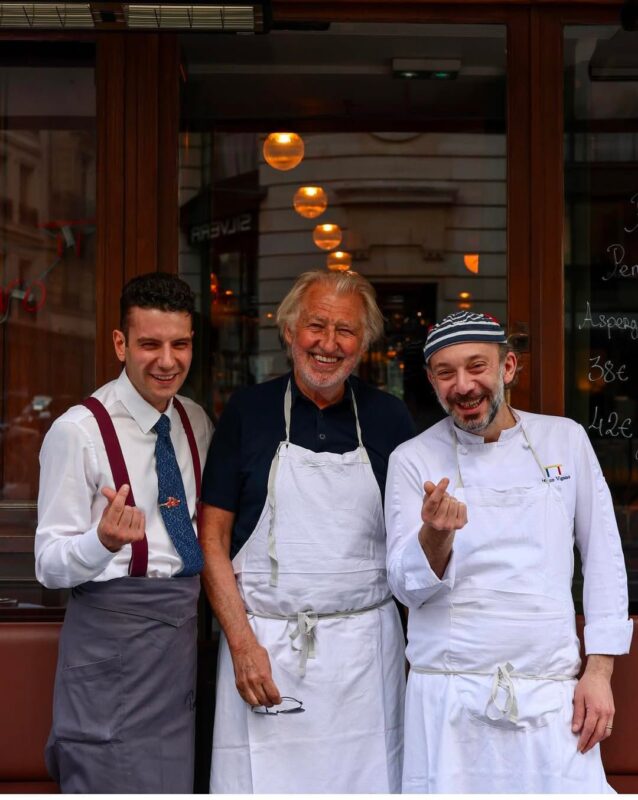
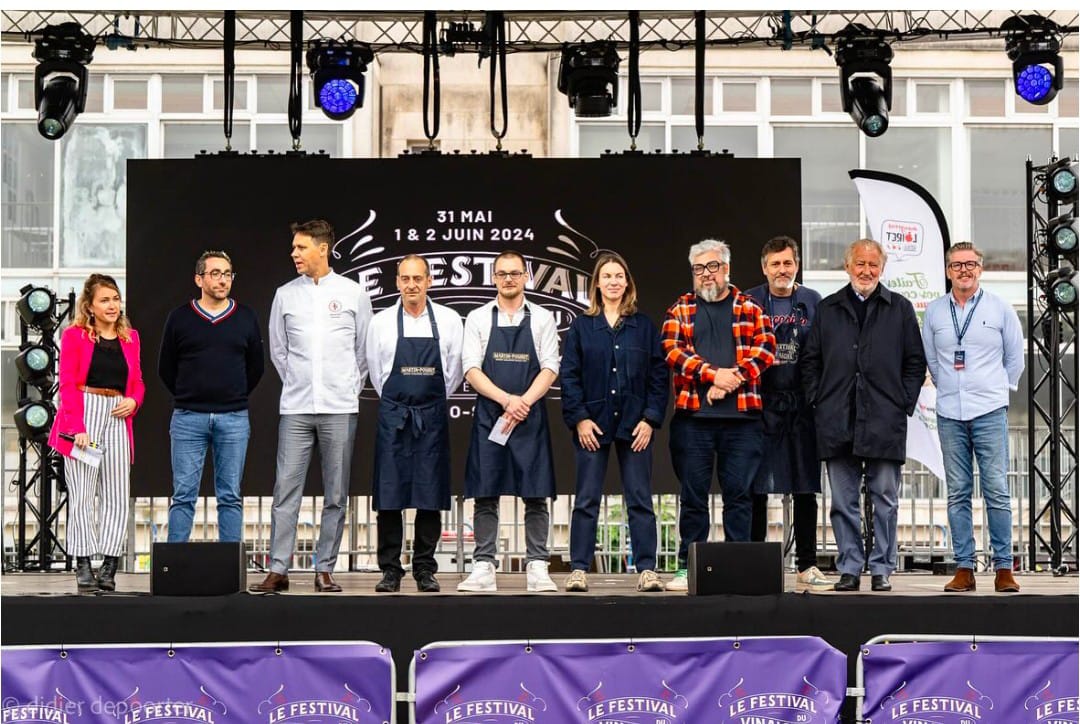
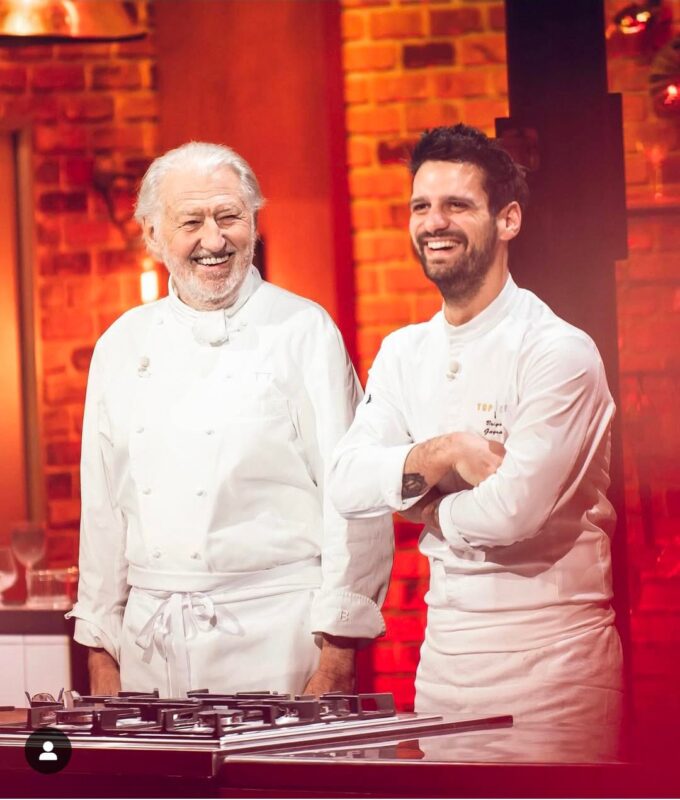
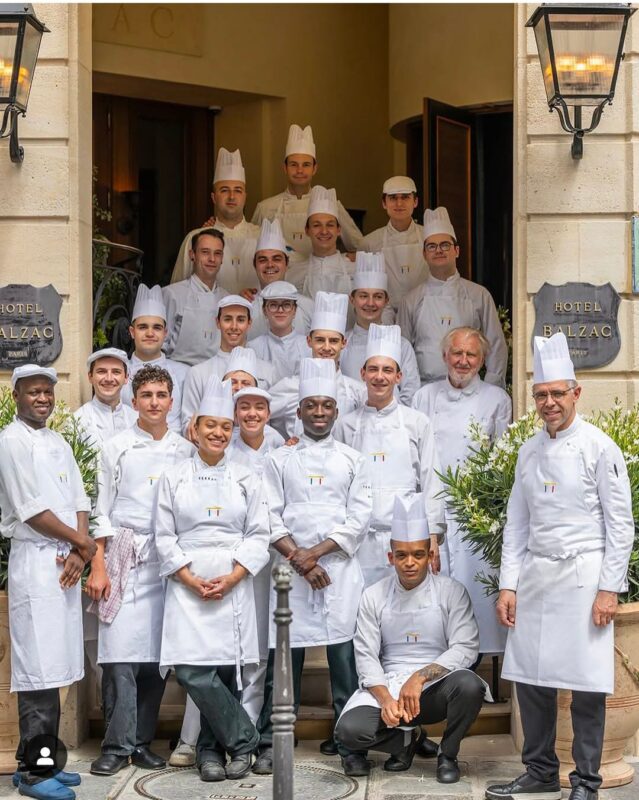
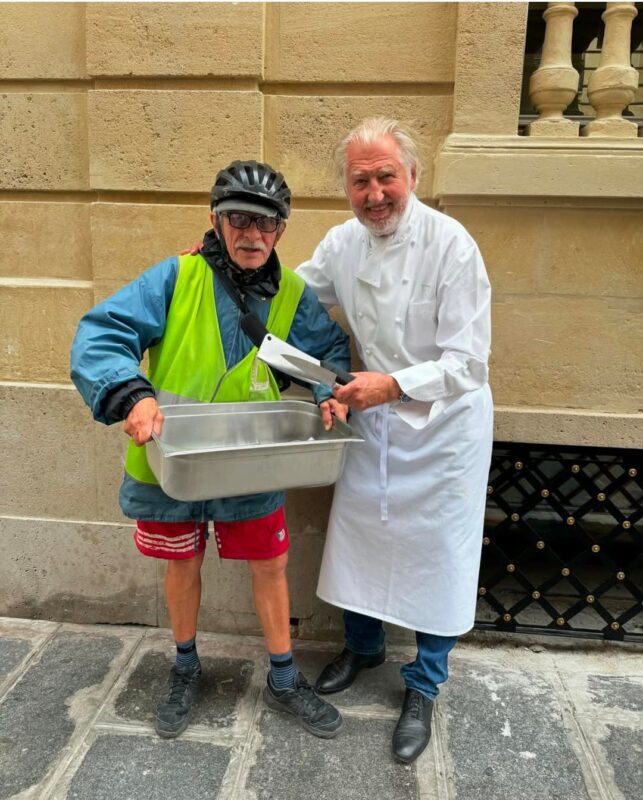
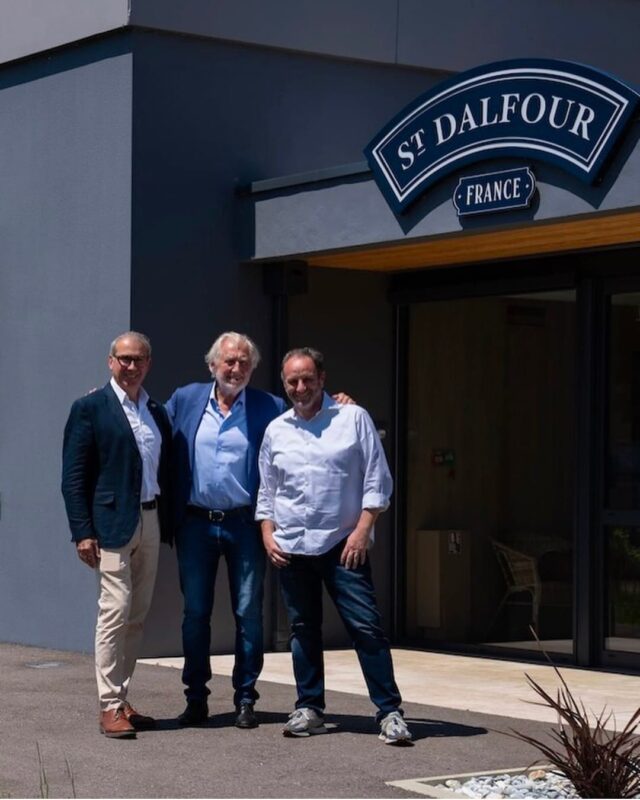
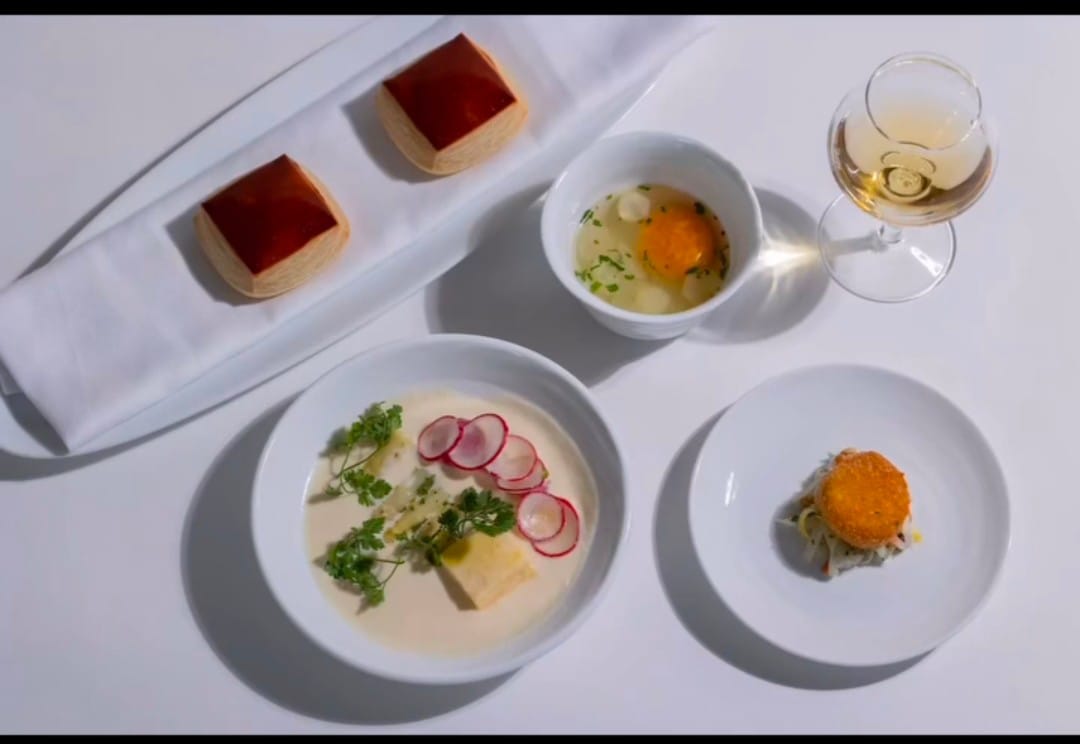
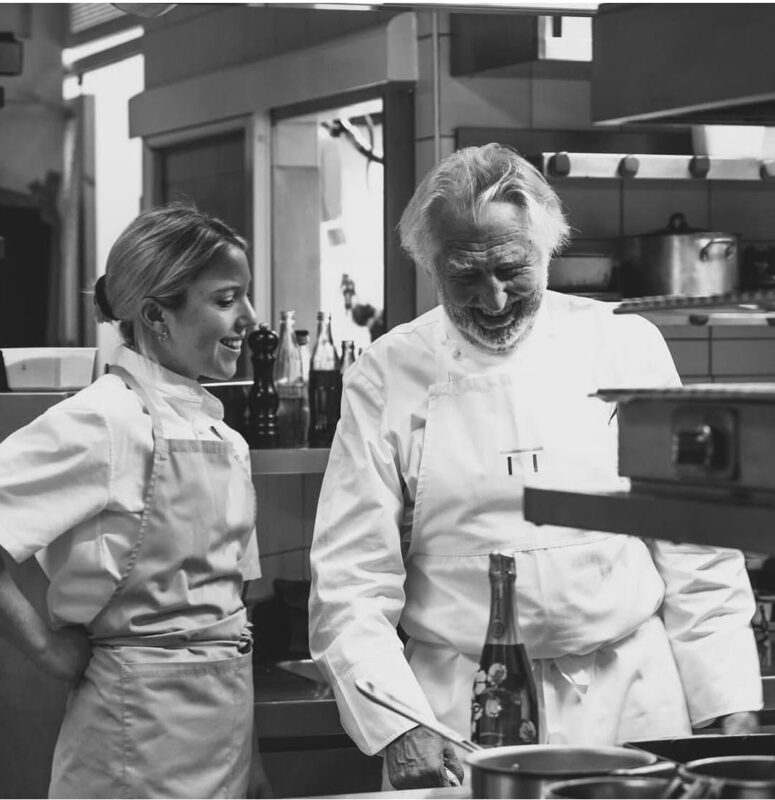
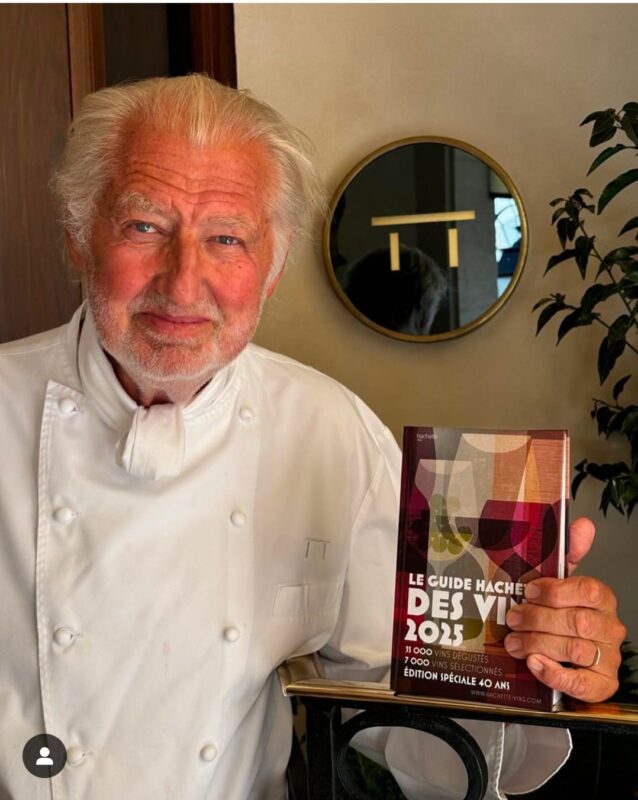
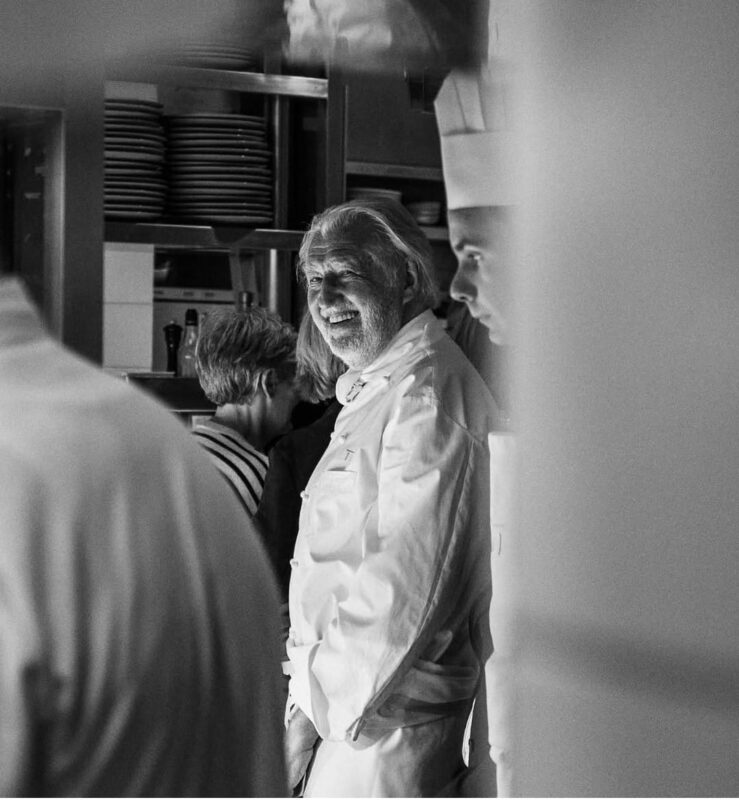
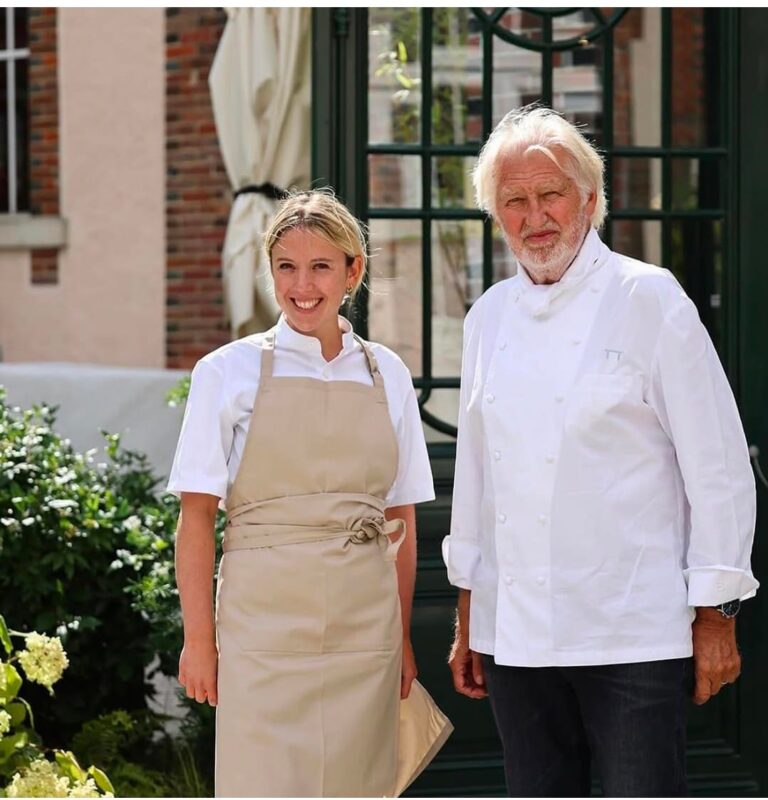
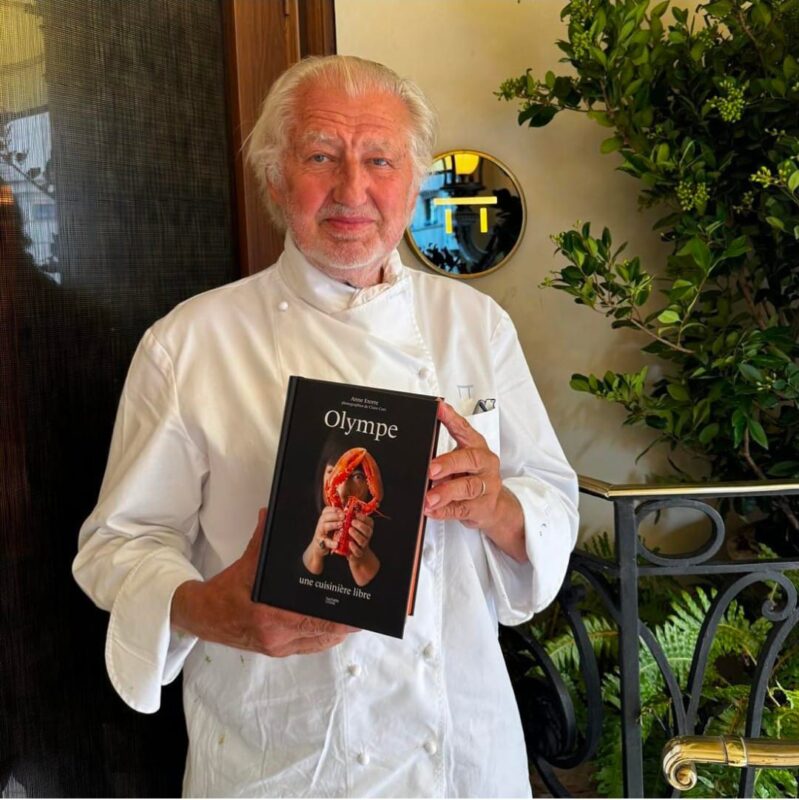
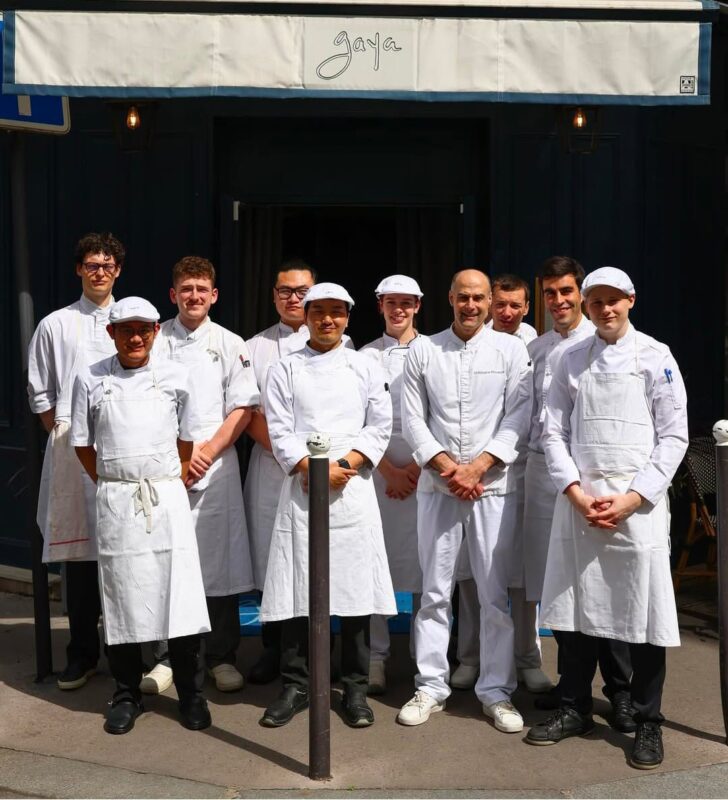
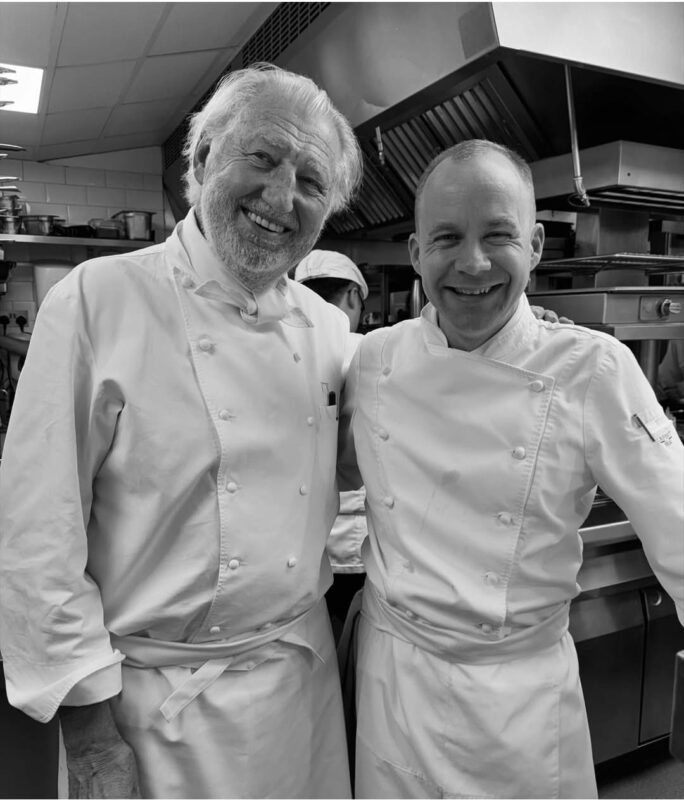
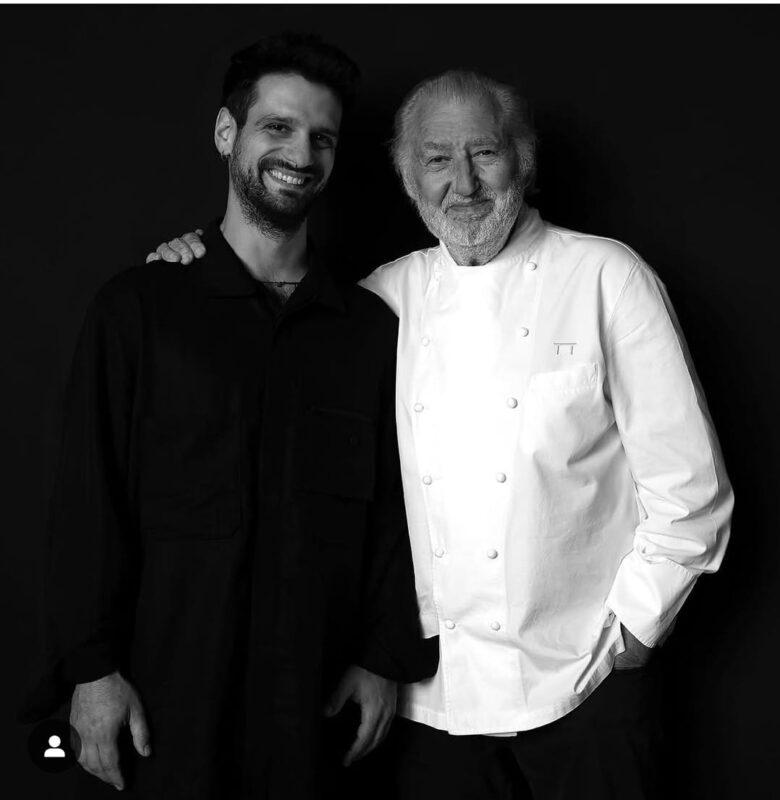
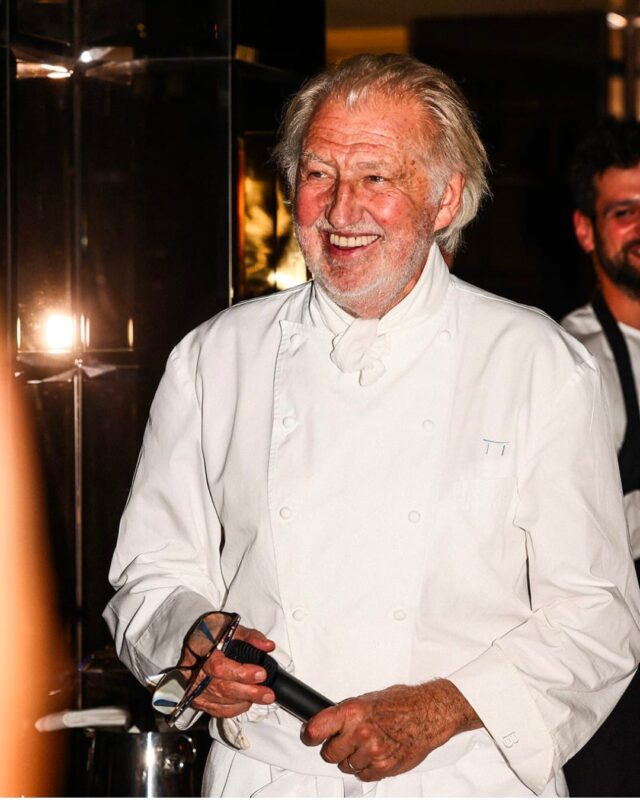
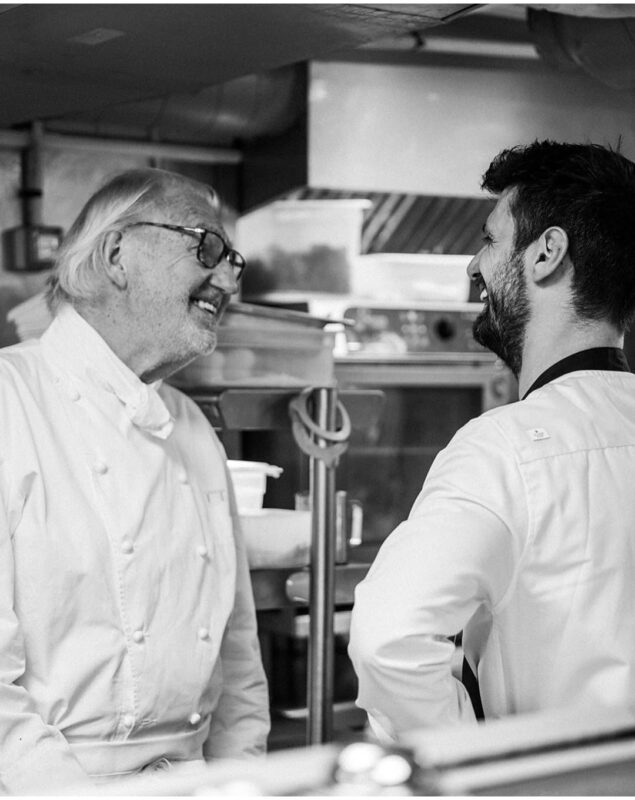
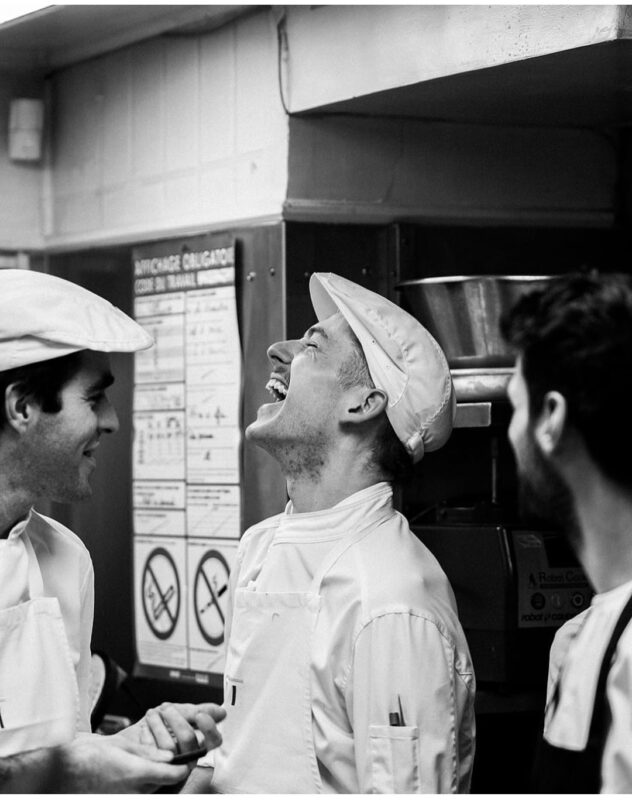
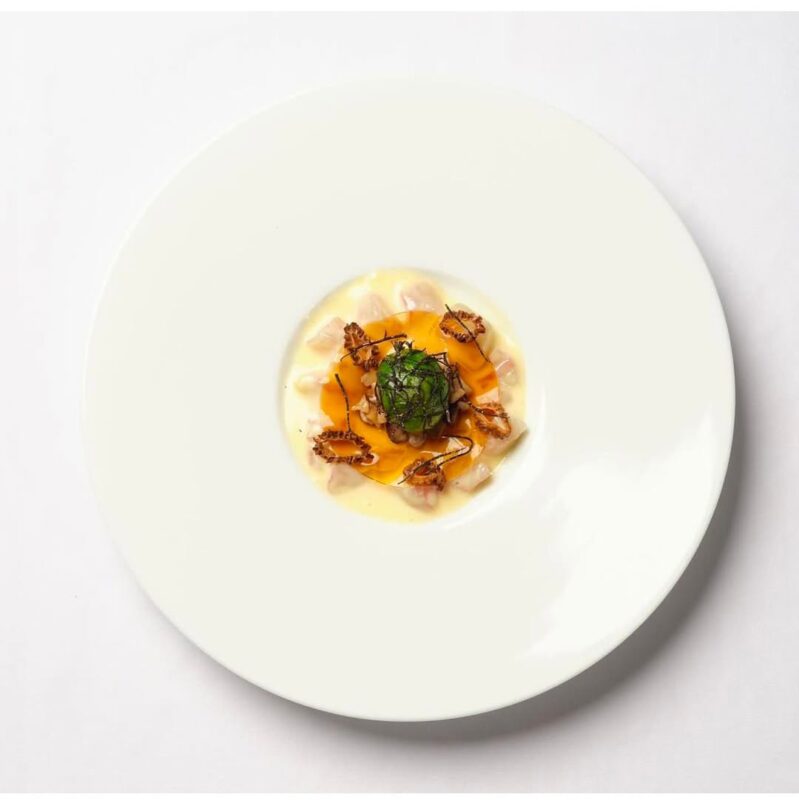
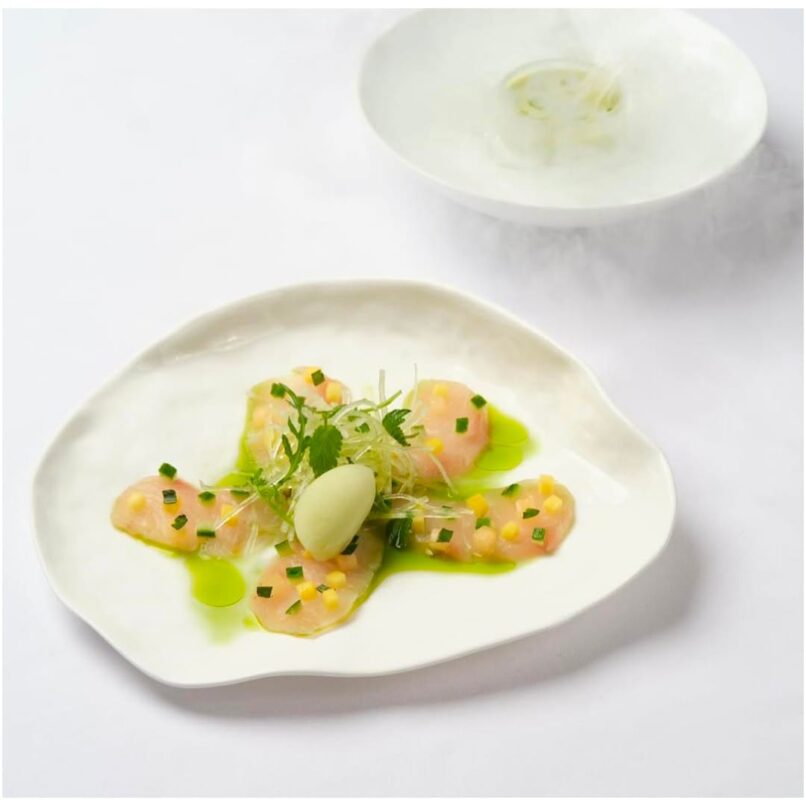
Pierre Gagnaire – The Iconoclastic Maestro of Modern French Cuisine |Michelin Star Visionary & Avant-Garde French Culinary Icon |Culinary Poet & Global Pioneer of Nouvelle French Cuisine |Master of Chaos, Emotion & Michelin-Starred Artistry |Redefining Modern French Gastronomy Across Continents |From Saint-Étienne to the World: The Journey of a Culinary Genius |Pierre Gagnaire – 13-Star Michelin Maestro of Emotion-Driven Cuisine
Early Life and Foundations in Flavor
“Facing tomorrow while respectful of yesterday.”
Birthplace and Family Influence
Pierre Gagnaire was born on April 9, 1950, in Apinac, a peaceful commune in the Loire region of central France. Though Apinac itself was a modest village, its natural beauty and pastoral rhythms would serve as a quiet backdrop to a life that would later erupt with creative energy. From an early age, Pierre was surrounded by the warmth of the kitchen and the steady hum of restaurant life. His father, Jean-Claude Gagnaire, owned and ran a traditional restaurant in Saint-Étienne, a gritty, working-class industrial city nearby. It was here, amid the clang of pots, scent of butter, and glow of stoves, that Pierre’s sensory journey into gastronomy truly began.
The Gagnaire household was one where meals were not just prepared—they were curated, crafted, and celebrated. Yet for young Pierre, the demands of restaurant life were more a matter of familial duty than passion. He often recalled how, as a child, he would help with basic tasks—peeling vegetables, wiping tables, and occasionally observing the controlled chaos of his father’s kitchen. These early chores instilled in him a strong work ethic, but not yet a love for the culinary arts.
In fact, Pierre’s relationship with cooking in his youth was complicated. Unlike many chefs who speak of childhood fascination or early creative sparks, Gagnaire often described his entry into hospitality as something born out of necessity, not desire. He was a shy, introspective boy who struggled to fit in socially, and the strict discipline of the kitchen felt more like a constraint than a calling.
However, the groundwork was being laid. Subconsciously, the flavors, techniques, and principles of French cuisine were embedding themselves in his psyche. The emotional power of food—the way it could comfort, surprise, and connect people—left lasting impressions. It wasn’t until later, during his apprenticeships, that Pierre would truly awaken to the expressive potential of cooking.
In retrospect, those early years were not just formative—they were foundational. While his passion may have bloomed later, the seeds of culinary artistry were planted deep within him during childhood, nurtured in the warm, aromatic kitchens of Saint-Étienne and the quiet inspiration of his father’s dedication to the craft.
Apprenticeships & Classical Training
The Lyon Years and Paul Bocuse
In his teenage years, Gagnaire began working in pastry kitchens, where he learned discipline and technique. His pivotal turn came when he apprenticed under the legendary Paul Bocuse during the summer of 1965 in Lyon—then and now a global epicenter for classical French gastronomy.
Bocuse’s emphasis on precision, consistency, and discipline contrasted starkly with Gagnaire’s later rebellious style—but it gave him a foundational knowledge of traditional French cuisine that he would later challenge, reinterpret, and revolutionize.
Influences from Senderens and Chez Juliette
Gagnaire’s education in culinary arts continued under the tutelage of Alain Senderens at Lucas Carton in Paris, one of the key figures in nouvelle cuisine. Senderens’ philosophy focused on lighter sauces, fresher ingredients, and innovative combinations—providing Gagnaire with the philosophical license to break away from tradition and experiment.
At Chez Juliette, a more casual venue, he honed his ability to connect with seasonal ingredients and develop a personal rhythm in the kitchen. These varied experiences culminated in a vision that defied the orthodoxy of fine dining.
Early Career and Rise to Michelin Stardom
Le Clos Fleuri – The First Star
In 1976, Gagnaire returned to his family’s restaurant, Le Clos Fleuri, in Saint-Étienne. He quickly introduced contemporary, refined elements to the menu, balancing tradition with a bold sense of experimentation. This combination earned him his first Michelin star, and soon, Le Clos Fleuri gained a reputation that drew diners from across the country.
Own Restaurant in Saint-Étienne – A Creative Laboratory
In 1981, Gagnaire opened his own eponymous restaurant in the same city. Free from inherited expectations and conventions, he transformed the venue into a culinary laboratory. His dishes abandoned linear flavor development in favor of chaotic harmony—multiple components with distinct textures and tastes on the same plate.
His daring approach polarized critics but fascinated avant-garde diners. By 1986, the restaurant held two Michelin stars, and in 1993, he achieved the coveted three-star status—an acknowledgment of culinary genius at the highest level.
Collapse and Reinvention in Paris
Bankruptcy and Professional Crisis
Despite his Michelin success, Gagnaire’s business model proved financially unsustainable. In 1996, burdened by debt, his Saint-Étienne restaurant closed. This moment of professional collapse was also deeply personal; for a chef so attached to his art, the closure symbolized failure and disillusionment.
Comeback with ‘Pierre Gagnaire’ in Paris
Refusing to be defeated, he relocated to Paris and opened a new flagship restaurant, Pierre Gagnaire, on rue Balzac, near the Champs-Élysées. The move was both symbolic and strategic—a rebirth in the culinary capital of the world. Within a few years, the restaurant reclaimed three Michelin stars, and critics recognized that Gagnaire had not only resurrected his career but redefined his legacy.
The Global Culinary Empire
Pierre Gagnaire has since developed a global presence through restaurants that bear his name or signature culinary touch. Rather than franchising a brand, he customizes each restaurant’s identity based on local context, ingredients, and clientele.
France
- Pierre Gagnaire, Paris – The flagship, holding 3 Michelin stars
- Gaya Rive Gauche, Paris – Seafood-focused, elegant yet casual
- Piero TT, Courchevel – Alpine French-Italian fusion
- La Grande Maison, Bordeaux – In collaboration with Bernard Magrez
- Pèir, Gordes – A seasonal fine-dining experience in Provence
International Presence
- Sketch – Lecture Room & Library, London – Held 3 Michelin stars (until 2022)
- La Maison 1888, Danang, Vietnam – Set in a French colonial mansion
- Pierre Gagnaire Tokyo – Artistic, minimalist fusion
- Twist by Pierre Gagnaire, Las Vegas – Contemporary dining at the Waldorf Astoria
- Pierre Seoul, South Korea – East-meets-West innovation
- Pierre’s Bistro & Choix Pâtisserie, Dubai – Relaxed yet refined
- Past Ventures in Moscow, Berlin, Hong Kong, Riyadh, and more
By 2024, Gagnaire had amassed 13 Michelin stars across his restaurants, placing him among the top 10 most Michelin-decorated chefs in the world.
Awards, Honors, and Accolades
- Best Chef in the World, voted by Michelin-starred peers (2015)
- S.Pellegrino World’s 50 Best: Top 3 (2006–2008)
- Gault & Millau’s “Toques d’or” lifetime achievement award
- Chevalier de la Légion d’honneur, France’s highest civil merit
- Doctor Honoris Causa from universities in Liège and Quebec
His accolades are not merely a reflection of technical ability, but a recognition of the way he redefined what modern cuisine could be.
Culinary Philosophy & Signature Style
A Quote That Defines Him
“Facing tomorrow while respectful of yesterday.”
Gagnaire is not a minimalist or a maximalist—he is a modernist. His dishes may contain 10+ elements, but every ingredient has a story, a purpose, and an emotional tone.
Emotion-Driven Plates
Pierre refers to his dishes as “culinary poems.” His creations are not strictly French, Japanese, or Mediterranean—they are Gagnaire. Rooted in French technique, they evoke emotion, memory, and instinct.
His food often defies traditional structure:
- A single plate may contain five mini preparations
- Contrasting textures: crisp with velvety, acidic with umami
- Unexpected combinations: langoustine with curry cream, foie gras with green apple sorbet
Ingredient Philosophy
He describes ingredients as “magical products cultivated with love.” Seasonality isn’t just a guideline—it’s a rhythm of life. He reveres farmers, fishermen, and producers as artists equal to chefs.
Books, Media, and Mentorship
Books
Pierre Gagnaire has authored numerous books that document his thought process and culinary creations:
- “La Cuisine… C’est de l’amour, de l’art, de la technique” (2008)
- “Transgressions” (2015) – A deep dive into his culinary philosophy
- “La Cuisine des 5 Saisons” – Exploring how cuisine evolves across five emotional ‘seasons’
His books blend memoir, philosophy, and recipes—treating food as both craft and art.
Media and Appearances
- Competed on Iron Chef (Japan) in 1995 against Hiroyuki Sakai
- Subject of documentaries like Inventing Cuisine: Pierre Gagnaire
- Regular guest on French television, culinary panels, and global food forums
Personal Life and Humanitarian Work
Marriage and Family
Pierre Gagnaire married Sylvie Le Bihan in 2007. While he remains intensely private about family life, Sylvie is noted to be a pillar of support and often seen at public events and openings.
Mentorship and Youth Outreach
Since 2006, Gagnaire has partnered with programs that train marginalized and at-risk youth in culinary skills. His kitchens have become training grounds for dozens of aspiring chefs from disadvantaged backgrounds.
He believes cooking can change lives—not just the chef’s, but those who eat, farm, and serve.
Legacy and Cultural Impact
Pierre Gagnaire’s legacy is that of a culinary philosopher. He has not only created unforgettable meals but also redefined how chefs think about:
- Balance vs. Chaos
- Technique vs. Instinct
- Tradition vs. Innovation
He inspired generations of chefs who saw in his chaos a new kind of order. Where others demanded hierarchy on the plate, Gagnaire celebrated surprise. He made it acceptable—and desirable—to have asymmetry, fluidity, and curiosity in haute cuisine.
His restaurants are less about replicating a recipe and more about expressing a moment, a thought, a memory.
Final Reflection: The Soul of a Culinary Artist
Pierre Gagnaire is not merely a chef. He is a painter who uses flavor instead of pigment, a composer orchestrating harmonies of texture and temperature, and a storyteller whose language is made of ingredients.
From a small town in Loire to a constellation of Michelin stars around the globe, Gagnaire has proven that innovation doesn’t mean abandoning roots. Rather, it means watering them until they grow into something bold, wild, and transcendent.
External Resources
- Official Website: https://www.pierregagnaire.com
- Pierre Gagnaire on Michelin Guide: https://guide.michelin.com
- Interview with The Talks: https://the-talks.com/interview/pierre-gagnaire
- S.Pellegrino 50 Best Archive: https://www.theworlds50best.com
- Books on Amazon: Search “Pierre Gagnaire” on Amazon
The Journey of a Culinary Revolutionary
Pierre Gagnaire’s journey from a reluctant kitchen hand in rural France to a globally celebrated culinary visionary is nothing short of extraordinary. Though born into a restaurateur family in the Loire region, his early relationship with cooking was not built on romance or creativity—it was pragmatic. But everything changed when he was sent to apprentice in Lyon, the gastronomic capital of France, where he worked under the legendary Paul Bocuse in the mid-1960s. This was a transformative experience. There, he absorbed the rigor of classical French technique and began to view the kitchen not just as a workplace, but as a stage for artistry.
He further sharpened his craft at Lucas Carton in Paris under Alain Senderens, a pioneer of nouvelle cuisine, which emphasized lighter preparations and seasonality. These experiences instilled in Gagnaire a desire to break from tradition and explore emotion through food. He returned to Saint-Étienne and, in 1981, opened his first restaurant. The food was shocking at the time—dishes layered with contrasting flavors and unconventional pairings that defied the rigid structure of traditional French cuisine.
Despite initial skepticism from critics, Gagnaire’s unique style began to resonate with those seeking something new. His Saint-Étienne restaurant eventually earned three Michelin stars, but financial instability led to its closure in 1996. This could have marked the end of his career, but instead, it catalyzed a remarkable comeback. Later that year, he opened Restaurant Pierre Gagnaire in Paris on rue Balzac. Within just two years, he reclaimed his three-star status, proving that innovation and integrity could coexist with elite recognition.
From there, his career expanded globally. With restaurants in London, Tokyo, Dubai, Seoul, Las Vegas, and more, Gagnaire tailored each establishment to local tastes while preserving his core philosophy: cooking from the heart with intellectual depth. Across continents, he became known not just for his food, but for his fearless spirit.
Today, Chef Pierre Gagnaire is more than a Michelin-starred chef—he is a poet of the plate, a master of chaos and harmony, and a culinary philosopher. His journey, marked by resilience, artistic risk, and emotional intelligence, continues to inspire generations of chefs around the world.

